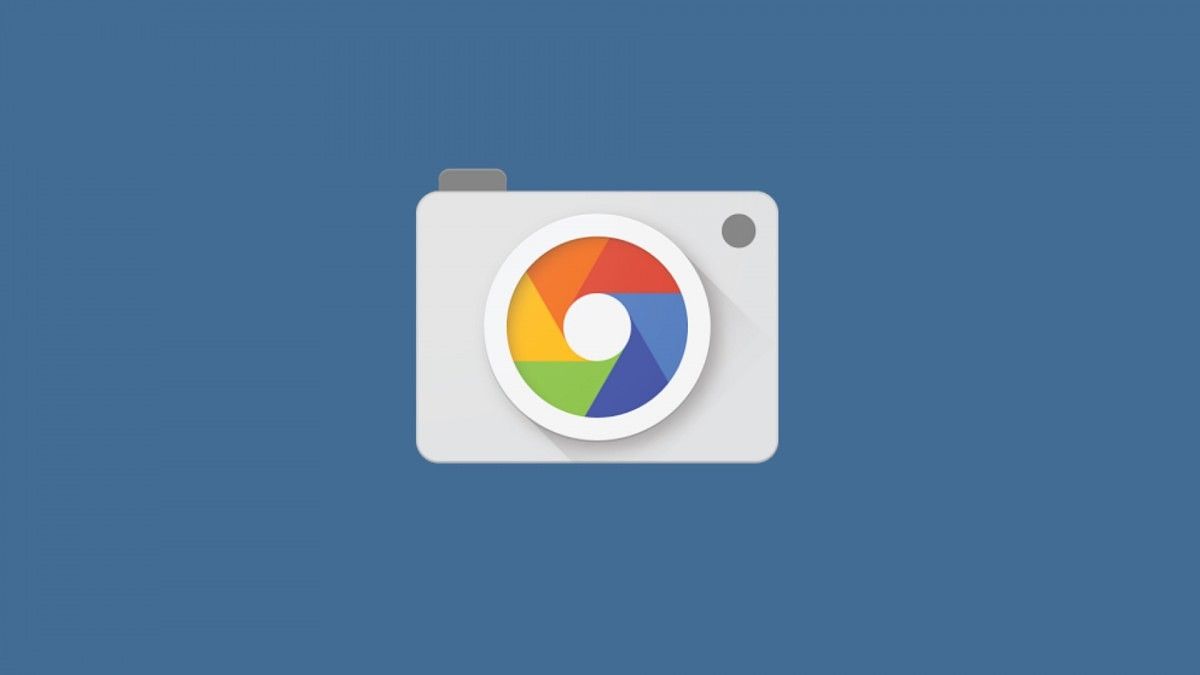The upgrade to Android Pie brought a lot of great new features like the redesigned recent apps overview, gesture controls, adaptive battery, app actions, adaptive brightness, and many more changes under the hood. With each major Android update, Google also updates the Compatibility Definition Document (CDD) and Compatibility Test Suite (CTS) with new tests, sections, and wording changes to ensure a high-quality experience for users of Certified Android devices. Devices that fail to pass the CTS are not permitted to preload Google Play apps and services. We monitor changes in the CDD and CTS because they often reveal interesting new details about the latest Android versions.
For example, the webpage for the Image Test Suite part of CTS was updated after the release of Android 9 Pie with a statement that Camera HAL3 support is required for all devices running Android Pie (excluding Android Pie Go Edition).
Note: Camera HAL3 is required for all devices running Android 9 or higher (except for Android Go devices).
The reason you all should care about HAL3 support is that it's necessary for full Camera2 API support—which, as you may know, is necessary for Google Camera ports to work on your smartphone. If your device only has HAL1 support, then Camera2 API only works in "legacy" mode. Some users root their phones to add the following line to the build.prop to declare that their device supports HAL3, which in turn makes Google Camera ports start working:
persist.vendor.camera.HAL3.enabled=1
Devices like the Xiaomi Mi A1, Xiaomi Mi A2, Asus ZenFone Max Pro M1, and many other budget and mid-range smartphones need this small change so Google Camera ports can work. Thus, the idea that HAL3 support is required for Android Pie devices is exciting, but unfortunately, it isn't actually a requirement despite what the ITS page says.
The requirement is not listed in the CDD, and a Google spokesperson confirmed that the HAL3 support is still only a recommendation for manufacturers. The Google spokesperson confirmed that the company will update the webpage to correct this information. Thus, the Redmi Note 7 launching with HAL3 support out-of-the-box wasn't because Xiaomi was required to do so to meet Android Pie compatibility requirements. Lastly, we should note that enabling HAL3 support doesn't mean that all of Camera2 API features are available, as a company could still modify functionality such as RAW capture support, ISO levels, exposure times and more.

